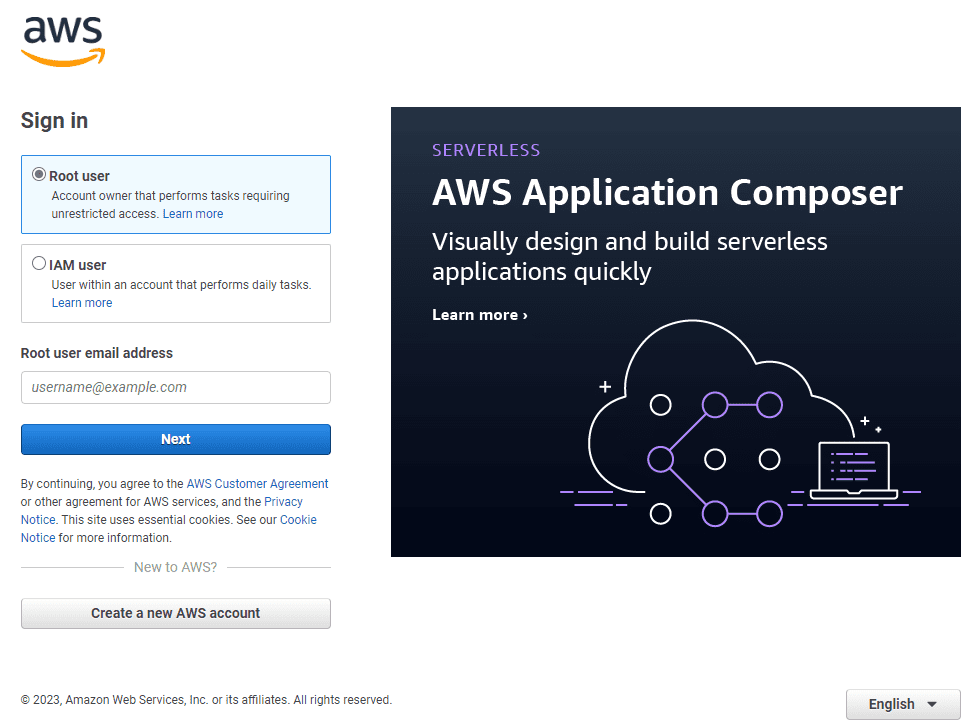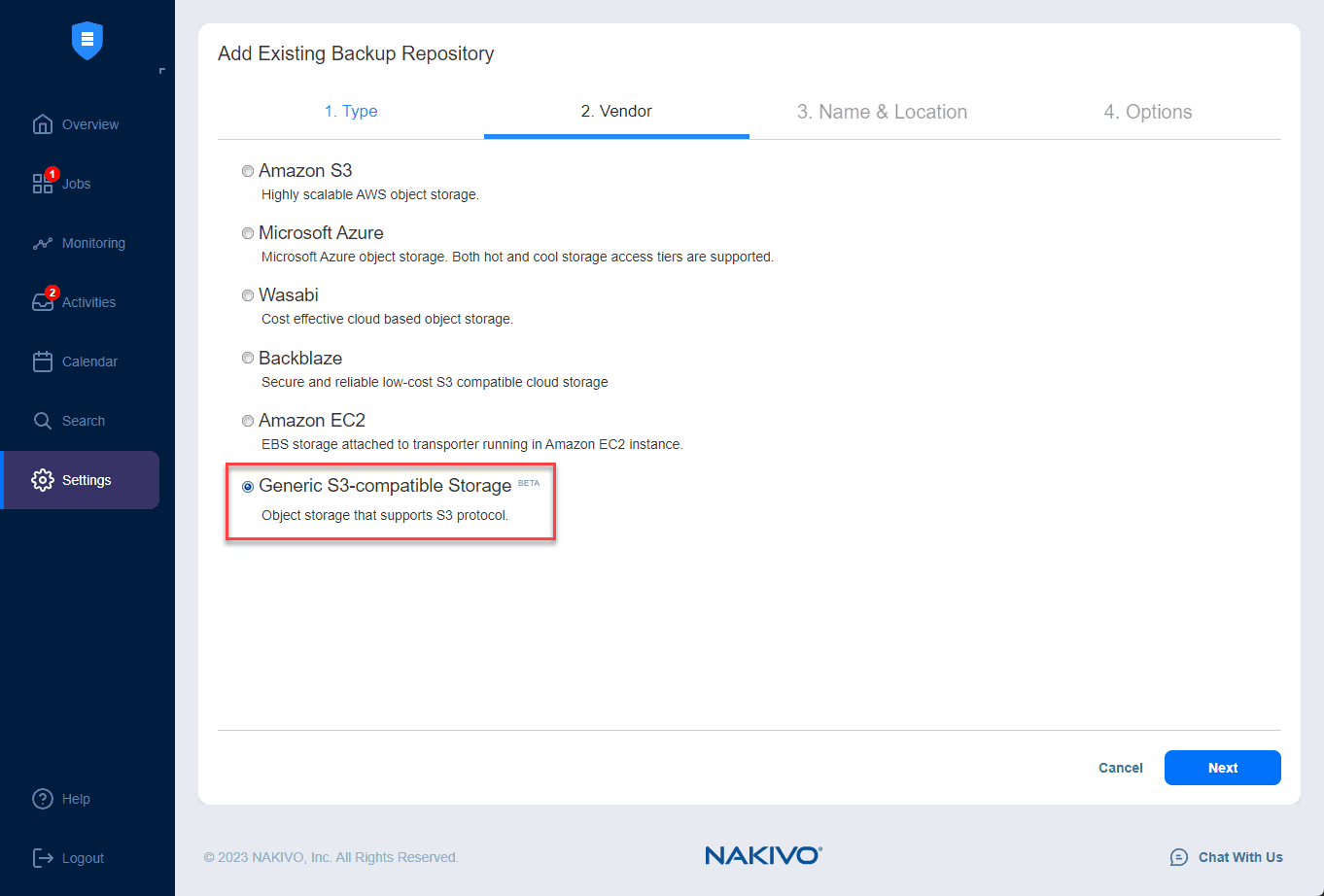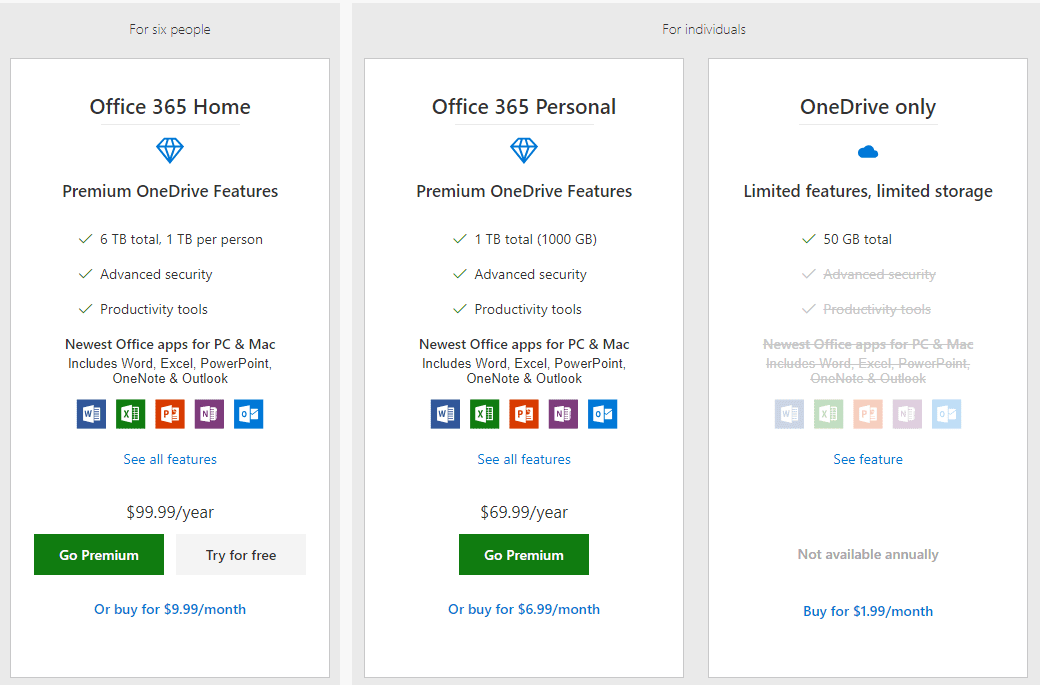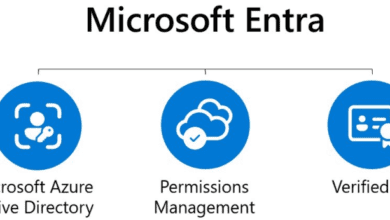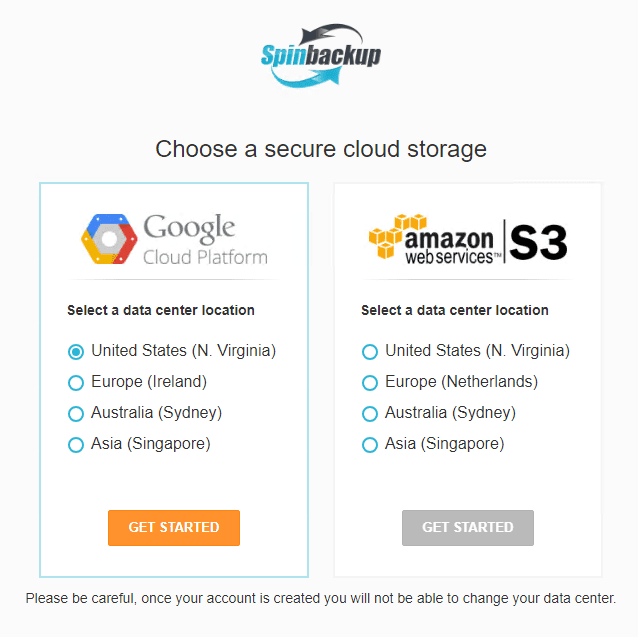AWS Cloud Cost Optimization – Strategies for Reducing Your Cloud Spend
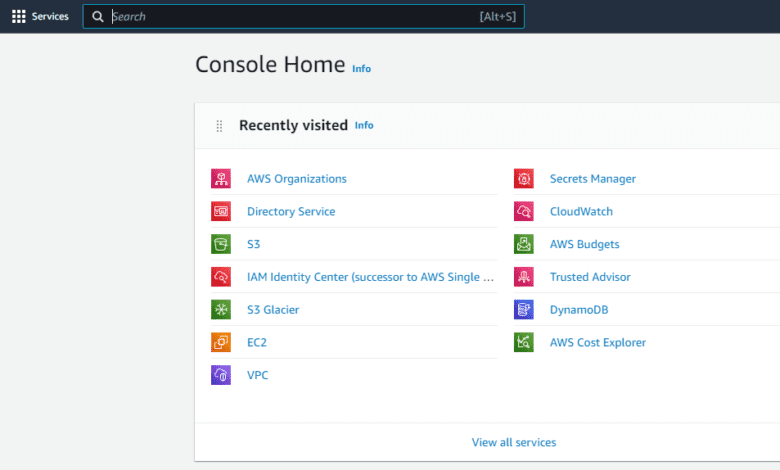
Reducing costs in the cloud is definitely a conversation many businesses these days are having. Let’s look at strategies for reducing that spend for organizations.
Table of contents
Understanding AWS Cloud Costs
Understanding cloud AWS cloud costs involves many different steps. Organizations need to develop an AWS cloud cost strategy that can help with cloud costs as these can definitely skyrocket if these are not thought about or services are not provisioned correctly, right-sizing, etc.
Many businesses have gotten themselves into tons of trouble by simply trying to copy over everything they are running on-premises in the cloud. This is probably not going to be a good strategy since the cloud costs are generally much higher for traditional workloads like virtual machines.
Establishing an AWS Cloud Cost Optimization Strategy
Note the following steps and components of a cloud cost optimization strategy.
Assess Your Current AWS Cloud Environment
Start by analyzing your existing AWS environment and understanding the resources you’re utilizing. Take note of unused resources and unattached resources, idle resources, and any underutilized cloud services. By identifying inefficiencies, you can begin to address them and optimize your AWS cloud costs.
Set Up a Cost Center for AWS Cloud Management
Establishing a cost center dedicated to AWS cloud management can help you monitor and control costs more effectively. This cost center should include stakeholders from various departments, such as finance, IT, and operations, ensuring a collaborative approach to cost management.
Implement AWS Cloud Cost Optimization Strategies
Once you’ve assessed your environment and set up a cost center, it’s time to implement various AWS cloud cost optimization strategies. These may include right-sizing your AWS resources, leveraging reserved instances, and adopting cost-effective storage solutions.
Monitor and Adjust Your AWS Cloud Cost Optimization Strategy
AWS cloud cost optimization is an ongoing process that requires continuous monitoring and adjustments. Regularly review your cloud spending, identify spending anomalies, and fine-tune your strategy to ensure optimal cost efficiency.
Cost-effective backups
One thing you don’t want to do is skip out on data backups to save costs. Using an efficient backup solution like NAKIVO Backup & Replication allows efficient backups of your AWS cloud data in a very cost-effective way.
NAKIVO uses forever incremental backups meaning only the changes are copied from the environment. You can also use NAKIVO’s cloud repository to forego egress fees for your data.
Learn more about NAKIVO Backup & Replication here: #1 Backup and Recovery Solution | NAKIVO.
Wrapping up
The cloud optimization strategies will continue to evolve for most organizations as they shift and reposition on which services are out in the cloud. Using good cost saving strategies is important. Also, thinking about cost-effective backups and data protection weighs into the conversation.


